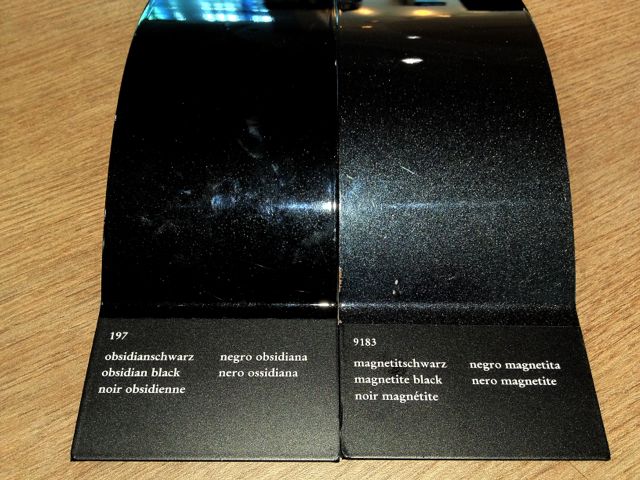

Should we use BASB, or Smart Notes?ĭifferences between Building A Second Brain and Smart Notes This resurgence in popularity has made productivity nerds question their allegiances. It’s key idea–bi-directional links–makes the type of cross-referencing needed to maintain a Zettelkasten much easier. Roam Research, a digital knowledge management tool.


This concise summary of the method has brought zettelkasten back into the zeitgeist.
#SIMPLENOTE VS OBSIDIAN HOW TO#
The book How to Take Smart Notes by Sonke Ahrens (2017).Two things have brought Luhman’s slip box out of storage: For many years the zettelkasten has remained a relatively unknown oddity. Unfortunately, this sort of cross-referencing and organization with physical index cards can be cumbersome. I suppose if your name starts with an R you are obligated to use a zettelkasten. Sociologist Niklas Luhmann is well known for his 90,000+ card zettelkasten, which helped him write over 70 books! Authors Robert Caro, Robert Greene, and Ryan Holiday use similar systems when writing. Pull out note cards related to a theme, put them in a sensical order, and suddenly you have an outline for an article, a paper, or even a book. Someone with a large zettelkasten will never experience blank page syndrome. Notes should be linked to other notes with related concepts.Notes should be written in your own words, rather than copied or quoted.Notes should be atomic–each note should be about one idea, but encapsulate that idea well enough to stand on its own.When you encounter a new idea, you write it on an index card, and place it in your slip box.Ī few key principles guide what kind of information should go on your index cards: Zettelkasten is the German word for “slip box”. A well tended second brain enables faster and higher quality output.ĭespite BASB’s power, an older idea is threatening to steal the limelight. Progressive Summarization and other principles of Building A Second Brain combine to create an extremely useful knowledge management system. PS enables you to do only as much or as little work as the information deserves. Rather than going through a complicated process for every piece of information you encounter, PS is performed in layers.Įach successive layer is added opportunistically whenever you come across the note, rather than all at once.īy going over your notes in multiple passes, the most important ideas become easier and easier to find, and you waste a minimum amount of time on unimportant ideas. It’s a method for making new information easily discoverable by your future self. One of the main ideas in BASB is Progressive Summarization (PS). This ensures relevant ideas are pulled out just-in-time. Deep dives into your notes are prompted by the needs of an active project. BASB is oriented around action–notes are primarily organized by projects or areas of interest. Building a Second Brainīuilding A Second Brain (BASB) is a Personal Knowledge Management system created by Tiago Forte.
#SIMPLENOTE VS OBSIDIAN FREE#
If you’re already familiar, feel free to skip down to this section. I describe my approach below.įor the uninitiated, I give a brief overview of each system. Two knowledge management systems, battling it out for the hearts of productivity nerds worldwide.įortunately, you don’t have to choose a side.Ī fusion of the two is possible, producing a knowledge management system with the best of both worlds.


 0 kommentar(er)
0 kommentar(er)
